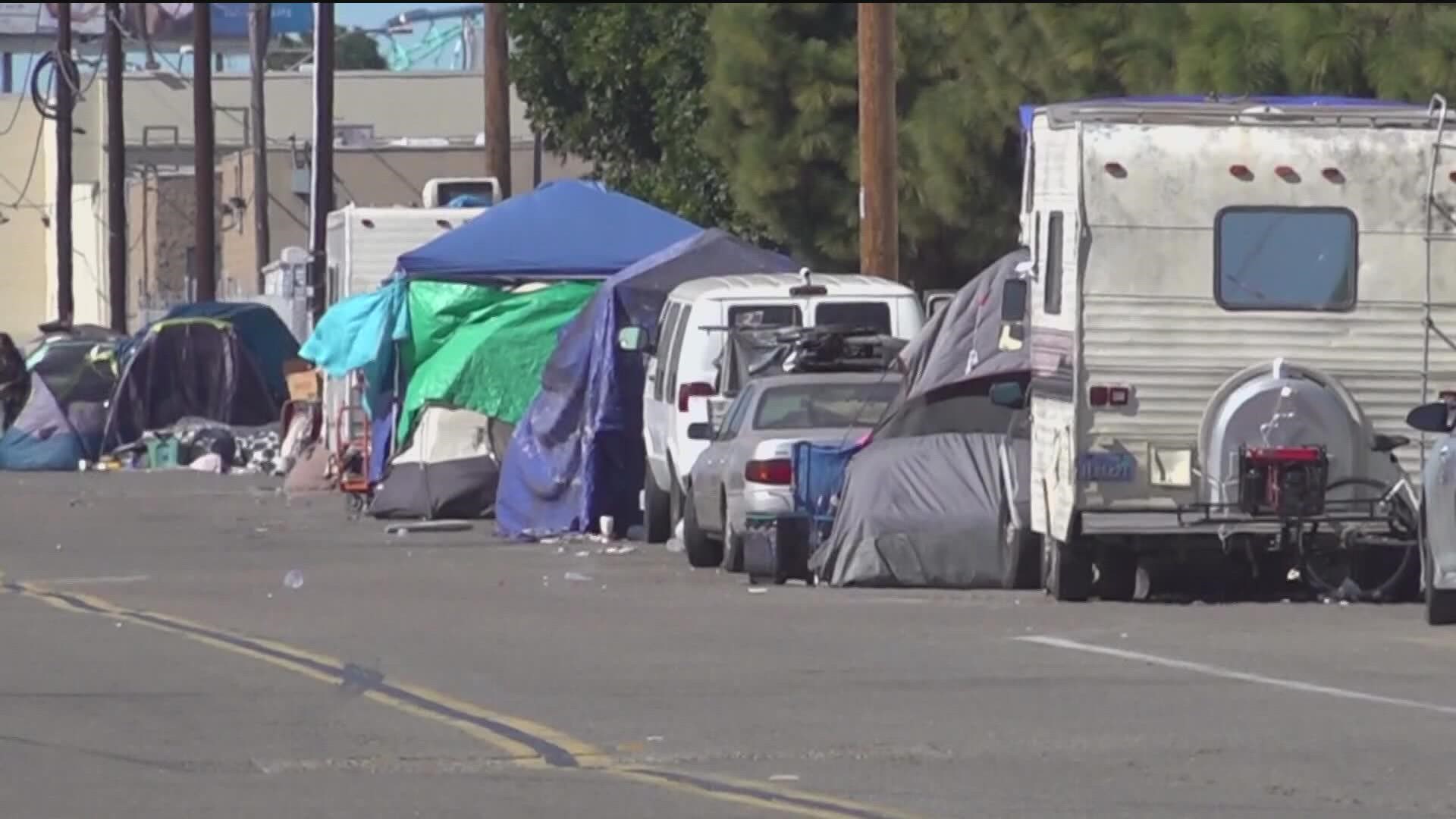SACRAMENTO, Calif. — People across the state are frustrated by the homeless crisis on the streets. Local and state politicians know it, and feel the pressure.
Solutions are in the works, like Care Court which was just signed into law, but it could be years before people start to really see progress.
One homeless organization called it the million dollar questions: How long will it take to solve the issue? The problem wasn’t created overnight, and it definitely won’t be solved overnight.
San Diego Mayor Todd Gloria said two things can be true at the same time.
“We've increased shelter capacity in our city by 38%," Gloria said. "We've done that largely by utilizing public facilities and properties and converting them into to shelters.”
The city is sheltering more homeless individuals, but more people are becoming homeless.
“In the City of San Diego, our median rent is somewhere around $2,600 a month for an apartment," Gloria told the Public Policy Institute of California. "It's no surprise if you have rental rates of that nature that you're going to see more folks on the streets.”
In part, it because of the high cost of living, but mental health and drug addiction play a role too.
“People continue to be extremely frustrated," Gloria said. "They don't see the progress that they would expect to see with this all hands on deck effort.”
From San Diego to Bakersfield.
“We hear from businesses and residents who are experiencing the impact,” Bakersfield Mayor Karen Goh said.
To Sacramento.
“We saw about a 67% increase in homelessness,” Lisa Bates with Sacramento Steps Forward said about homelessness increasing.
Statewide poll after poll says the same thing: People are frustrated.
“There is no single bullet that's going to solve our problem overnight," Lisa Bates said. "It didn't get created overnight. It's not going to be solved overnight.”
Lisa Bates runs Sacramento Steps Forward, which conducts the point in time count for the area. She said solutions are in the works. The governor signed several bills last month that will help streamline the process to build new affordable housing.
“From a regulatory standpoint, they've done a lot," Bates said, "But you know, housing takes time to build, to develop the site. So again, a lot of this investment and resources that have been offered you will see the impacts of that over time as the real estate is stood up.”
Her organization worked with the city and county to come up with a three year local plan.
“We need to do a lot more on the front end," she said. "We need to catch people early and prevent homelessness from occurring."
To address mental health, the governor created and signed Care Court, which will compel those with severe mental illness into treatment in housing, but again, that won’t be implemented statewide for another few years.
“Then we'll start to see the kinds of reductions and on the street visible homelessness amongst the severely mentally ill, that I think is the most concerning to Californians,” Gloria said.
When Newsom was running for office back in 2017, he pledged to build 3.5 million homes by 2025. We are not close to that.
Newsom said he knew it was a stretch, but his new goal is to get 2.5 million homes built by 2030.
WATCH RELATED: Record number of homeless San Diegans lost their lives in past 2 years (October 2022)

